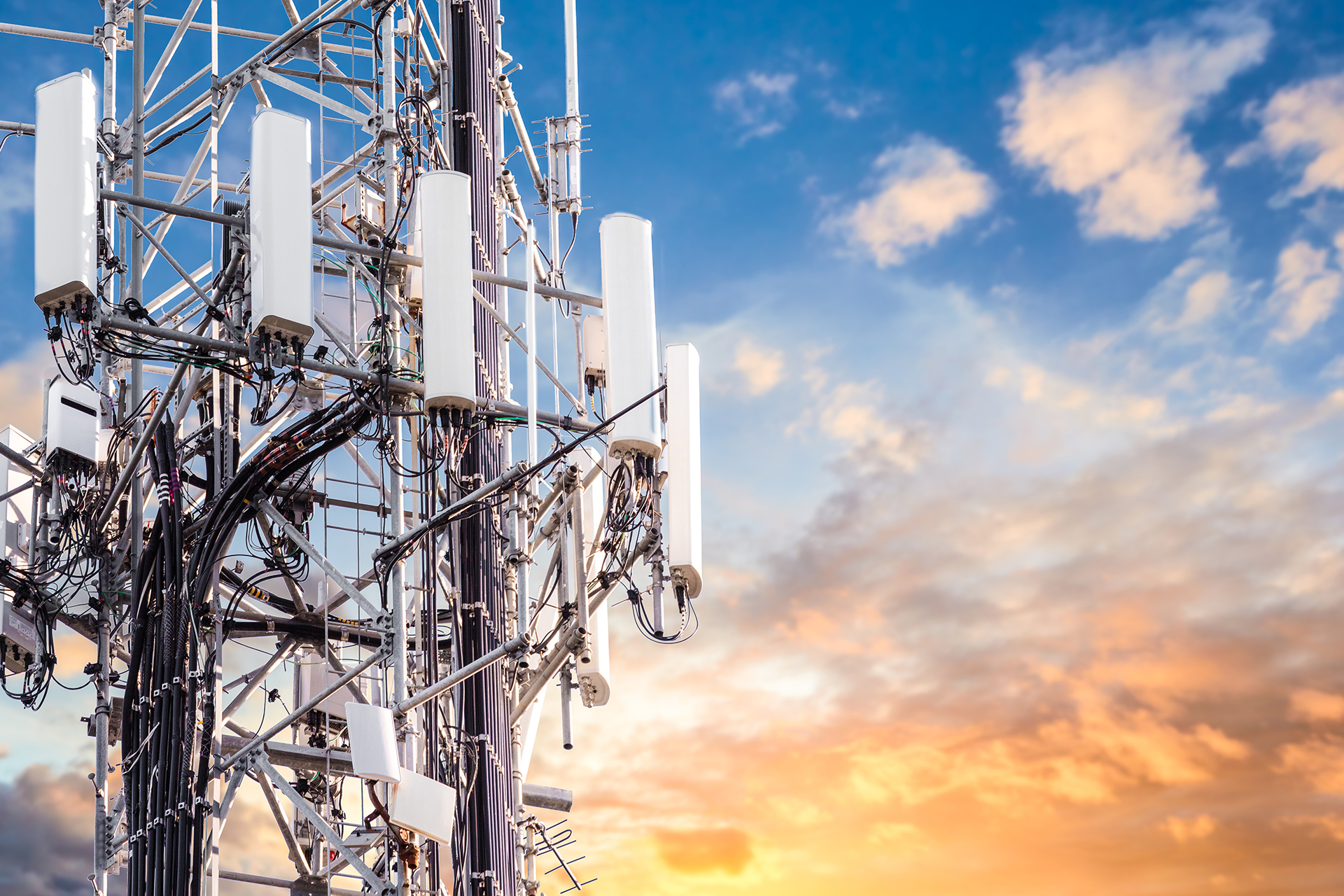Very best safest distance from the 5G cell Structure?

If you've ever wandered through a city and spotted tiny cell towers for 5G on street light poles. They appear like tiny boxes however they're actually sending wireless signals from cell phone providers to your phone.
They are replacing the larger built cell towers. While they're less noticeable but they can still create problems for those who live nearby.
It is the Federal Communications Commission's Radiation Exposure Thresholds
The FCC's Radiation Exposure Thresholds define the safe distance that one can expose to electromagnetic energy from wireless devices. The exposure limits are based on scientific data that prove that electromagnetic energy could be harmful to health.

safe distance from cell tower of absorption called the specific absorption rate (SAR) is an indicator of the amount of radiofrequency energy that is absorbed by tissue. It's usually 1.6 milliwatts per kilogram averaged over one gram of tissue.
But, since 5g operates at higher frequencies, it has the potential to create more energy on the skin and other directly-exposed body areas. This could lead to a wide range of possible harms, such as an increase in appearance of skin conditions such as dermatitis, cataracts, and skin cancer.
Because of the potentially harmful effects of radiation from 5G, PSU has chosen to create a general maximum power density of four mW/cm2 measured over 1 cm2, and not exceeding 30 minutes for all 5G services at 3000 GHz. This localized limit is consistent with the peak spatial-average SAR of 1.6 W/kg, which is averaged over 1 g of tissue at 6 GHz.
The FCC's Maximum Exposure Thresholds for Maximum Exposure
If you've ever operated a cell phone, you're probably aware that the safest location from the tower is at least 400 meters. This is because the power of the transmission of the cell tower is significantly increased the further away the tower is.
While this sounds like a good idea however, people who live close to towers might be more susceptible to health problems. For example, a study from 2014 in India found that residents living within 50 meters of cell towers had significant more health issues than those who lived farther distance from them.
This study revealed that those who relocated into areas farther away from cell towers noticed their symptoms improve within a few days. safe distance from cell tower has demonstrated that exposure to extreme levels of radiofrequency electromagnetic fields (EMFs) can lead to cancer, brain tumors, and other health problems.
This is due to the fact that RF radiation, used for wireless communication, has the ability to penetrate the human body's outer layer of skin. This is important to understand since the skin serves as a protective barrier against injury to the body, infection from pathogenic microorganisms, as well as infiltration of toxic substances. The skin is the largest organ in the human body. It is accountable for protecting other organs.
The FCC's Minimum Exposure Thresholds for the Minimum Exposure
The FCC's Minimum Exposure Thresholds are based on numerous assumptions that aren't supported by scientific evidence. They include the false belief that exposures to RF radiation are safe due to minimal absorption into body (i.e. thermal heating of tissue).
The assumption also ignores the deeper penetration of the ELF components of modulated RF signals, as well as the effect on the body of short bursts from pulsed RF waves. https://rentry.co/ymwbz are not compatible with current understanding of the biological effects of RF radiation, and thus they shouldn't be relied upon for health-protection exposure standards.
Additionally to that, ICNIRP and FCC limit their maximum limit of exposure to the local SARs based on the maximum frequency of absorption (psSAR) that is an inadequate dosimetric tool to determine the degree of exposure to RF radiation. Particularly, psSAR is inaccurate for frequencies above 6 GHz. In addition, psSAR is not been evaluated for RF radiation exposed to other environmental agents such as sunlight. Interactions of RF radiations with different environmental agents may cause synergistic or antagonistic impacts. This can lead to an increased risk of adverse health adverse effects. For instance, exposure to RF radiation and sunlight could raise the chance of skin cancer, as well as aggravate other skin diseases such as acne.
